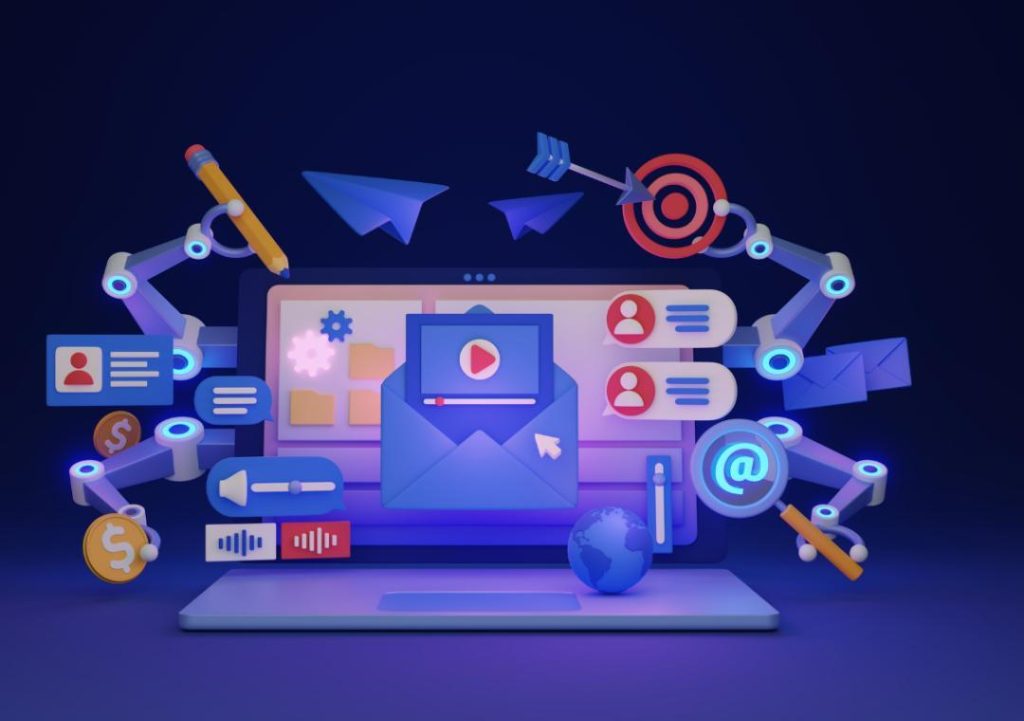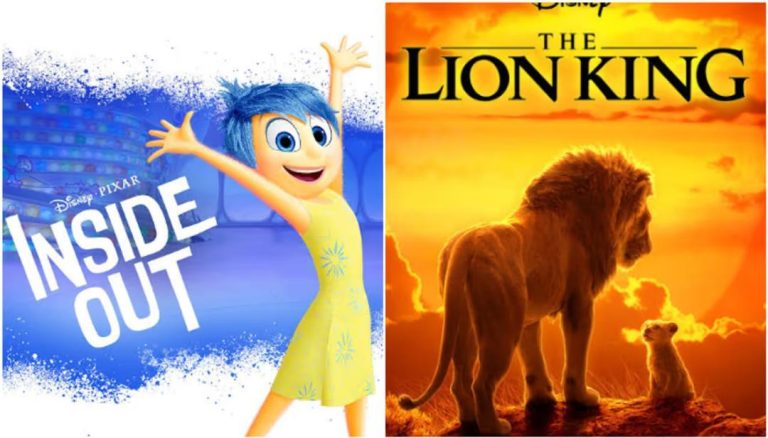
Media Apps Use AI to Hyper-Personalise Viewer Journeys
In today’s digital age, personalization has become the key to unlocking loyal customer relationships. And, the media and entertainment industry is no exception. With the rise of artificial intelligence (AI), platforms are now equipped with the ability to tailor entire content ecosystems around individual preferences, down to genre, actor, and even time of day. This shift to intelligent personalization is dramatically increasing viewer satisfaction, reducing churn, and redefining what it means to “feel seen” on screen.
Gone are the days of random content recommendations and endless scrolling through endless feeds. AI-powered media apps are revolutionizing the way we consume entertainment by offering a hyper-personalized experience that is tailored to our unique tastes and preferences. From predictive thumbnails to dynamic recommendations, AI is now deeply embedded in the entertainment experience, ensuring that viewers are presented with content that is both relevant and engaging.
So, how are media apps using AI to hyper-personalize viewer journeys? Let’s take a closer look.
Predictive Thumbnails
One of the most noticeable ways AI is being used in media apps is through predictive thumbnails. These AI-generated images are designed to capture the viewer’s attention and entice them to engage with a particular piece of content. By analyzing the viewer’s behavior, AI algorithms can predict which thumbnails will resonate most with them, increasing the likelihood of them clicking on the content.
For example, streaming giant, Netflix, uses AI-powered predictive thumbnails to recommend content based on a viewer’s previous viewing history and preferences. This approach has been shown to increase engagement and reduce bounce rates, as viewers are presented with content that is more likely to appeal to them.
Dynamic Recommendations
Dynamic recommendations are another key area where AI is being used to hyper-personalize viewer journeys. These recommendations are generated in real-time, based on a viewer’s current viewing behavior and preferences. This means that viewers are presented with content that is highly relevant and engaging, increasing the likelihood of them watching more content and staying engaged for longer.
For example, music streaming service, Spotify, uses AI-powered dynamic recommendations to suggest music to its users based on their listening habits and preferences. This approach has been shown to increase user engagement and loyalty, as users are presented with music that is more likely to resonate with them.
Content Discovery
Content discovery is another area where AI is being used to hyper-personalize viewer journeys. By analyzing a viewer’s behavior and preferences, AI algorithms can identify new content that they are likely to enjoy, and present it to them in a way that is both relevant and engaging.
For example, video streaming platform, YouTube, uses AI-powered content discovery to suggest new videos to its users based on their viewing history and preferences. This approach has been shown to increase user engagement and satisfaction, as viewers are presented with content that is more likely to appeal to them.
Intelligent Personalization
Intelligent personalization is the process of using AI to analyze a viewer’s behavior and preferences, and presenting them with content that is tailored to their unique needs and interests. This approach is designed to provide a more engaging and personalized experience, increasing the likelihood of viewers watching more content and staying engaged for longer.
For example, media app, Hulu, uses AI-powered intelligent personalization to offer viewers a customized experience, based on their viewing behavior and preferences. This approach has been shown to increase viewer satisfaction and loyalty, as viewers are presented with content that is more likely to resonate with them.
Benefits of AI-Powered Personalization
So, what are the benefits of AI-powered personalization in media apps? Here are just a few:
- Increased viewer satisfaction: By presenting viewers with content that is tailored to their unique needs and interests, AI-powered personalization can increase viewer satisfaction and loyalty.
- Reduced churn: By keeping viewers engaged with relevant and engaging content, AI-powered personalization can reduce churn, and increase the likelihood of viewers continuing to use the app.
- Increased revenue: By increasing viewer satisfaction and loyalty, AI-powered personalization can drive increased revenue, as viewers are more likely to engage with premium content and services.
- Better content discovery: By analyzing viewer behavior and preferences, AI-powered personalization can identify new content that viewers are likely to enjoy, and present it to them in a way that is both relevant and engaging.
Conclusion
In conclusion, AI-powered personalization is revolutionizing the way we consume entertainment, by providing a hyper-personalized experience that is tailored to our unique tastes and preferences. From predictive thumbnails to dynamic recommendations, intelligent personalization is dramatically increasing viewer satisfaction, reducing churn, and redefining what it means to “feel seen” on screen.
As the media and entertainment industry continues to evolve, it is likely that AI-powered personalization will play an increasingly important role in shaping the viewer experience. By providing a more engaging and personalized experience, media apps can increase viewer satisfaction, loyalty, and revenue, and drive long-term growth and success.
Source:
https://www.growthjockey.com/blogs/website-and-app-experiences-media-and-entertainment



